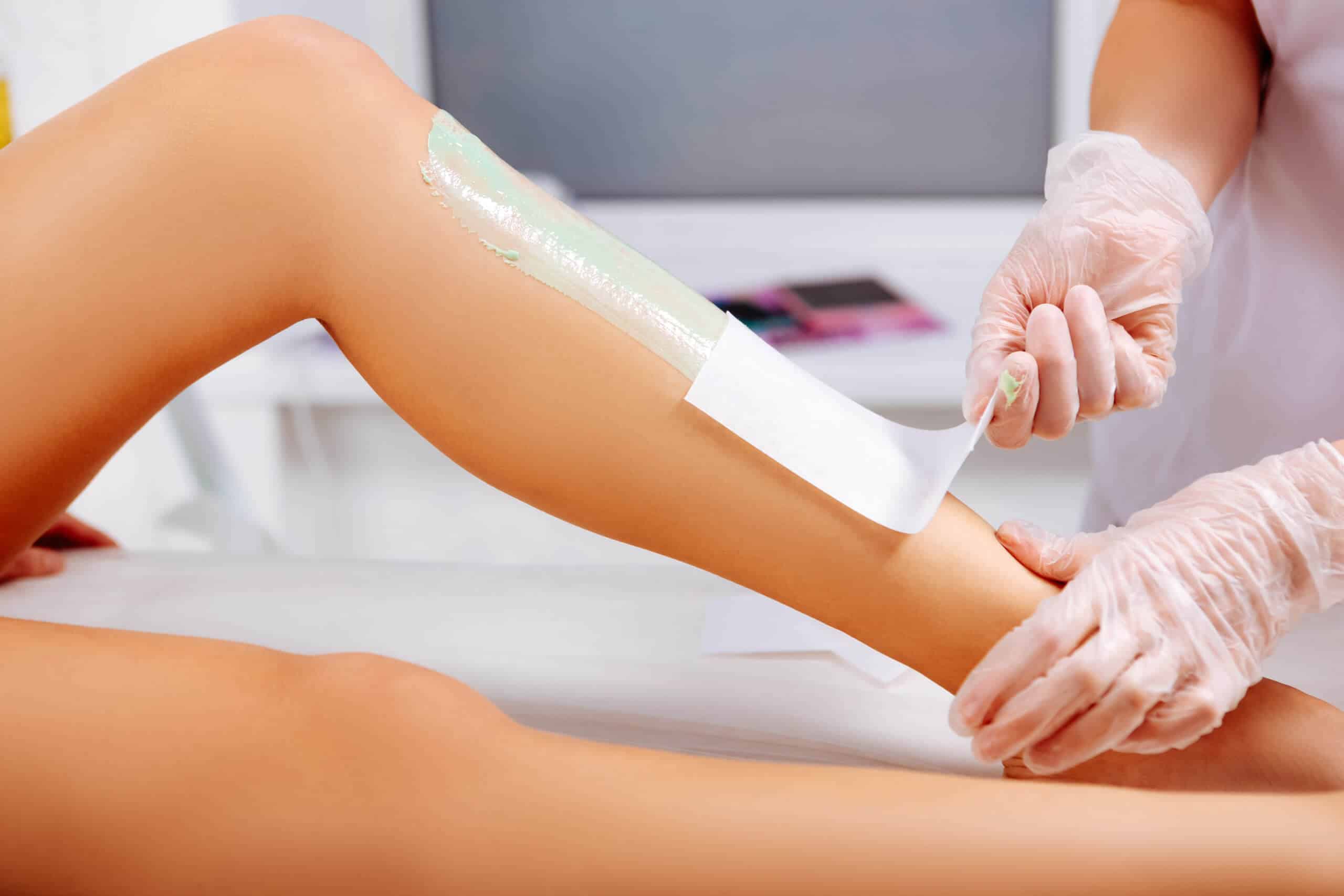Mastering the Art of Waxing: Crucial Tips for a Pain-free Hair Removal Experience
In the world of personal pet grooming, understanding the art of waxing is an ability that can significantly enhance one's hair removal experience. From pre-waxing preparation to selecting the best wax and understanding proper waxing methods, the journey to a pain-free waxing experience is paved with understanding and experience.
Pre-Waxing Preparation
Prior to undertaking a waxing session, it is necessary to correctly prepare your skin to minimize pain and accomplish optimum hair removal outcomes. Beginning by exfoliating your skin a day or more before your consultation to eliminate dead skin cells and prevent in-grown hairs. This action helps the wax stick much better to the hair, making certain an extra effective elimination process. Stay clear of hydrating on the day of your waxing session as it can develop an obstacle in between the wax and your hair, resulting in much less successful outcomes. In addition, it is advisable to cut your hair to about a quarter of an inch prior to waxing to protect against unneeded discomfort throughout the treatment.
Furthermore, it is critical to clean your skin thoroughly before waxing to eliminate any kind of oils, lotions, or dust that could disrupt the wax's capacity to grip the hair. This step not just boosts the performance of the shaving procedure yet also helps in reducing the danger of post-waxing breakouts - Laser Hair Removal. By adhering to these pre-waxing prep work actions, you can make sure a smoother and a lot more comfortable hair elimination experience

Choosing the Right Wax
There are numerous types of waxes available, each providing to various skin types and hair appearances. The two main classifications of wax are hard wax and soft wax.
When choosing a wax, consider your skin level of sensitivity, hair thickness, and the area you prepare to wax. For those with delicate skin, hypoallergenic waxes with added relaxing representatives like chamomile or aloe vera can help in reducing inflammation. Coarse hair might require a wax particularly developed for strong hair elimination. Additionally, if you are new to waxing, it might be advantageous to start with a mild formula to determine your skin's reaction prior to trying much more potent alternatives. Consulting with a specialist esthetician can additionally provide important insight right into the most effective wax for your specific demands.
Proper Waxing Strategy
To begin, it is essential to clean the skin thoroughly before applying the wax. Additionally, always guarantee that the wax is warmed to the appropriate temperature to prevent burns or inefficient hair removal. Using the wax in the direction of hair visit homepage growth and removing it versus the hair growth assists to make certain that the hair is drawn from the root, resulting in smoother and longer-lasting results.
Additionally, using small sections of wax at once and pressing firmly on the wax strip before elimination can help enhance the effectiveness of the process. Finally, keep in mind to use mild stress on the skin after waxing to lower and soothe any pain inflammation. By adhering to these proper shaving strategies, you can achieve an extra successful and pleasurable hair elimination experience.
Aftercare Tips

Additionally, it's advisable to abstain from tasks that might trigger too much sweating, such as extreme exercises, instantly after waxing to stop more irritation. Using a chilly compress or aloe vera gel can help lower swelling if any redness or bumps continue after waxing. Adhering to these aftercare tips vigilantly can make sure a comfortable and effective waxing experience with lasting results

Troubleshooting Common Issues
Dealing with usual issues that might develop during the shaving process is vital to guaranteeing a successful and smooth hair elimination experience. One common problem is skin irritation, which can take place because of sensitive skin or incorrect shaving techniques. To minimize this, utilizing a comforting lotion including aloe vera or chamomile post-waxing can aid calm the skin. Another concern is ingrown hairs, where hair curls back or expands laterally into the skin after waxing. Routine exfoliation with a mild scrub can avoid ingrown hairs by removing dead skin cells and enabling hair to expand freely. In addition, if you experience bruising or inflammation after waxing, applying a cold compress can reduce swelling and calm the skin. Finally, if you see uneven hair removal or spots of missed out on hair, consider adjusting your waxing strategy or looking for specialist assistance for my company even more detailed areas. By resolving these typical waxing problems proactively, you can boost the general effectiveness and convenience of your hair removal regimen.
Conclusion
In conclusion, mastering the art of waxing needs proper prep work, picking the ideal wax, utilizing the correct technique, and complying with aftercare ideas. By following these necessary ideas, individuals can achieve a pain-free hair removal experience. Laser Hair Removal. It is essential to troubleshoot typical problems that may emerge throughout the shaving procedure to make certain a comfortable and successful result. With method and interest to information, waxing can be an efficient hair removal technique.
In addition, it is crucial to clean your skin thoroughly prior to waxing to remove any type of oils, lotions, or dirt that could interfere with the wax's ability to grip the hair. The two major groups of wax are difficult wax and soft wax.When picking a wax, consider your skin sensitivity, hair thickness, and the area you prepare to wax.Moreover, using small sections of wax at a time and pressing firmly on the wax strip prior to removal can help enhance the efficacy of the process. After waxing, it's crucial to keep the waxed area tidy and free from irritants.